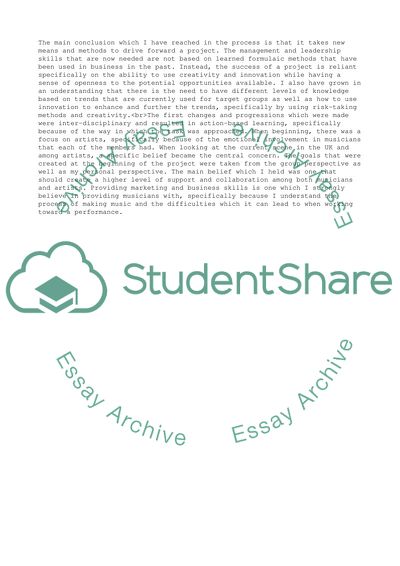Cite this document
(The Creative Management Task Coursework Example | Topics and Well Written Essays - 3000 words, n.d.)
The Creative Management Task Coursework Example | Topics and Well Written Essays - 3000 words. Retrieved from https://studentshare.org/management/1744004-creative-management
The Creative Management Task Coursework Example | Topics and Well Written Essays - 3000 words. Retrieved from https://studentshare.org/management/1744004-creative-management
(The Creative Management Task Coursework Example | Topics and Well Written Essays - 3000 Words)
The Creative Management Task Coursework Example | Topics and Well Written Essays - 3000 Words. https://studentshare.org/management/1744004-creative-management.
The Creative Management Task Coursework Example | Topics and Well Written Essays - 3000 Words. https://studentshare.org/management/1744004-creative-management.
“The Creative Management Task Coursework Example | Topics and Well Written Essays - 3000 Words”, n.d. https://studentshare.org/management/1744004-creative-management.


